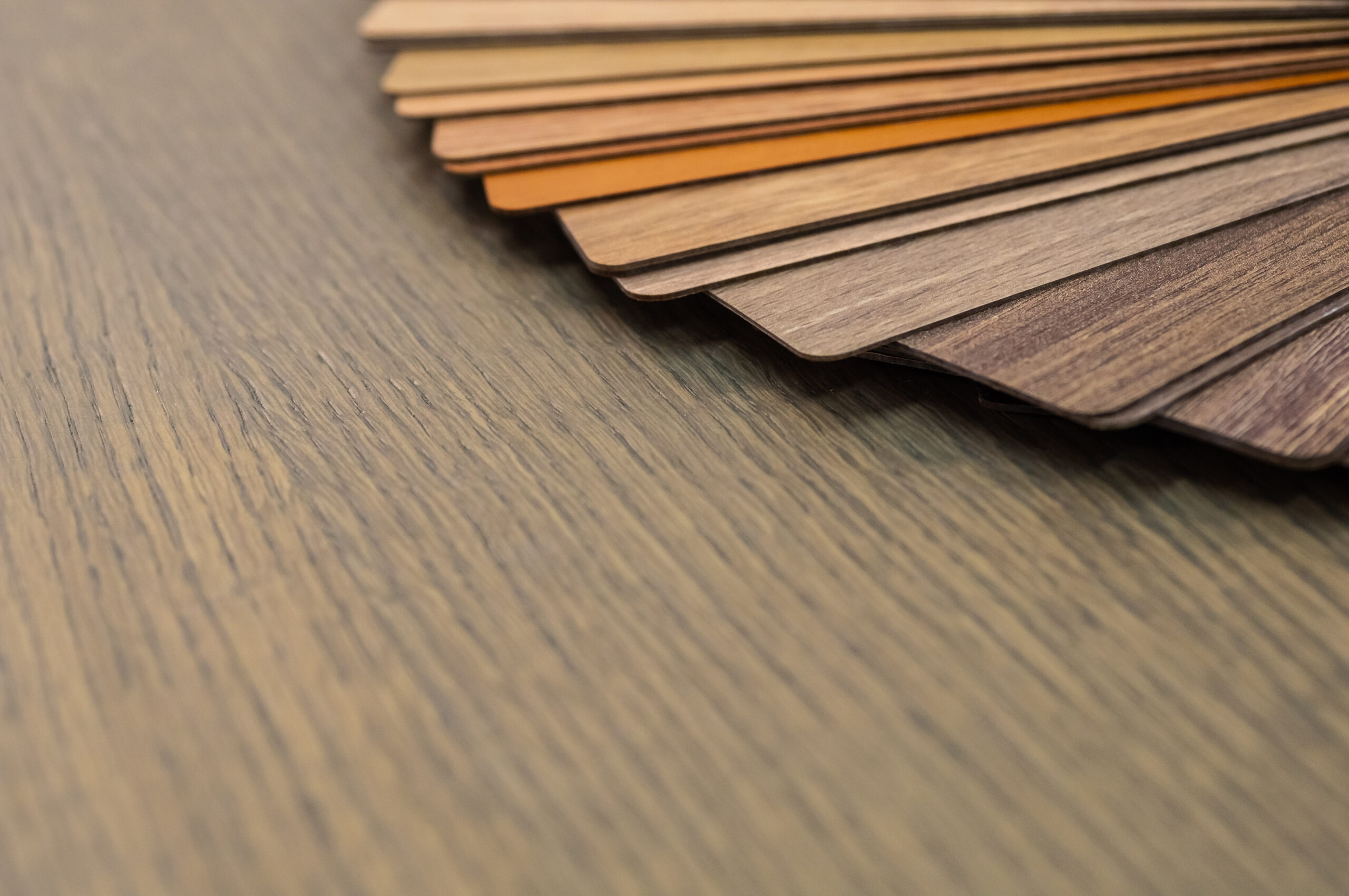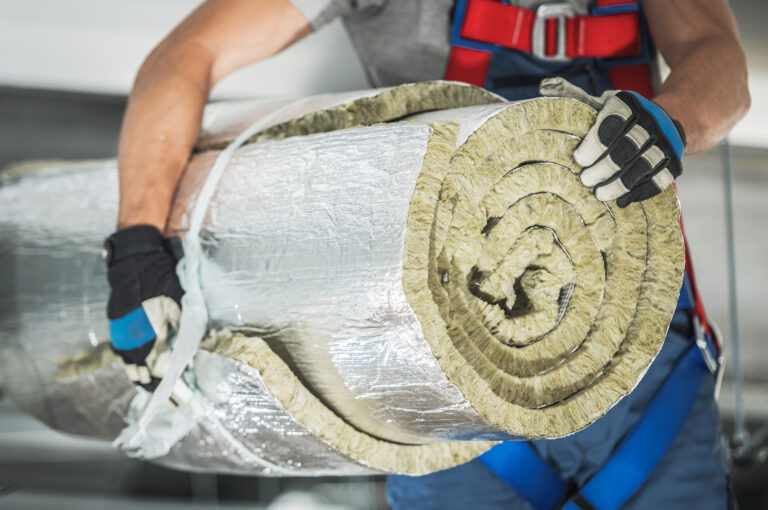Regardless of the type of commercial building you own, flooring is a necessary consideration. Not only does it make a visual impact, but it also must endure much more traffic and wear-and-tear than residential floors. Durability, versatility, environmental impact, price – these are all factors to consider when choosing flooring for your commercial project.
Not sure where to begin? Here are six great options for a variety of project needs:
1. Hardwood: For a classic, high-end aesthetic, few flooring types can beat hardwood. Resistant to foot traffic and generally scratch- and dent-proof, consider hardwood flooring for hotels, spas, and other spaces that require an elegant finish. But beware the cost: hardwood is one of the most expensive flooring options.
2. Cork: With its insulating and vibration control properties, unique appearance, and reputation for being extremely comfortable to stand on, this flooring material is a great option for commercial buildings. As an added bonus, it’s one of the most environmentally-friendly, thanks to the fact that it is completely renewable.
3. Epoxy: Applied on top of a base floor layer – usually concrete – epoxy is a polymer coating that provides a shiny, durable, and low-maintenance flooring solution. Because it is highly resistant to damage, including heat and chemicals, this is a popular choice for commercial spaces such as warehouses, manufacturing plants, parking facilities, and other high-impact environments.
4. Vinyl: Fully synthetic, vinyl flooring is durable, waterproof, available in a variety of patterns – such as hardwood, tile, and stone – and low maintenance, particularly if higher-quality luxury vinyl is chosen. However, despite its benefits, this is one of the least eco-friendly flooring options, as toxic chemicals are released during production.
5. Laminate: Laminate floors are part synthetic, part wood-based. They provide a realistic hardwood or stone appearance without the cost, and are relatively inexpensive compared to options such as luxury vinyl. Unlike its fully waterproof vinyl cousin, though, laminate is not ideal for areas exposed to regular moisture, as it may warp.
6. Commercial Carpeting: With a denser fiber construction and lower pile height than residential carpeting, commercial carpeting is able to withstand heavy foot traffic. This economical option comes in a wide array of colours and patterns, and provides a layer of insulation that may be useful for temperature and sound control in office and retail spaces. That said, carpeting can easily become damaged by stains and moisture, so may need more frequent replacement or maintenance than other flooring options.
Don’t overlook the functional and aesthetic importance of flooring for your commercial project. With materials ranging from hardwood to carpeting, and a variety of patterns and colours to choose from, you’re sure to find the style that brings out the best in your business.
Looking for a team to take the lead on your next project? At Pulse Construction, we’re committed to doing business with an honest, professional, and competitive approach – without compromising safety or schedules. Contact us today for all of your building needs.



